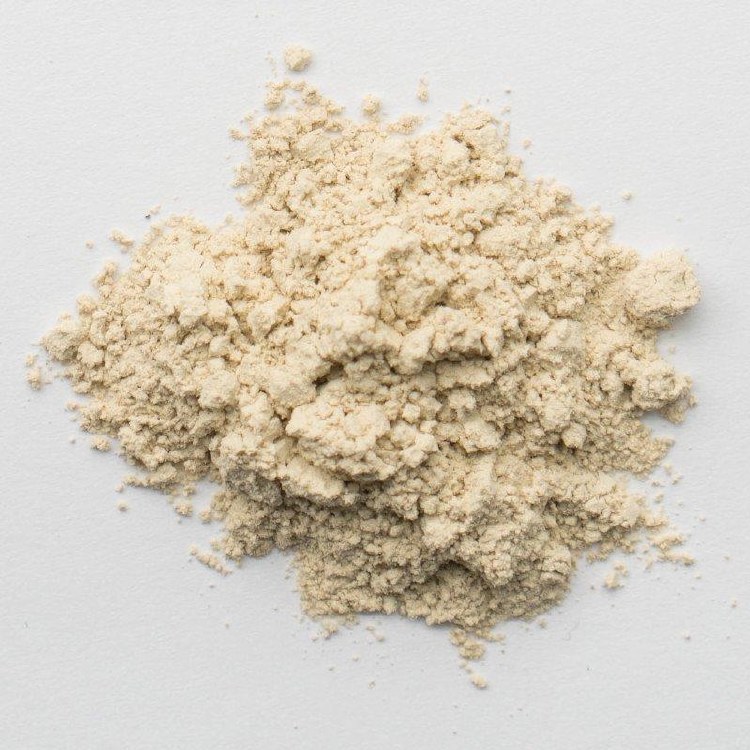Lincoln 60 Fireclay (50# Bag)
| Qty: | Unit Price per LB: |
|---|---|
| 5 | $0.44 |
| 10 | $0.39 |
| 50 | $0.29 |
| 100 | $0.24 |
Item#: 527260
MPN: MFCLIN6050
Description: Dark buff-firing plastic stoneware
- Full bag is 50 lbs
- Used as a major ingredient in mid fire bodies.
- Hammer-milled material provides excellent drying properties and high plasticity.
- Fires buff in oxidation and golden brown in reduction.
* Lincoln clay has several other very unusual properties also:
-It has excellent drying properties (resistance to cracking) even though it has high plasticity. It's drying shrinkage is below 6%.
-It is very plastic like a ball clay yet it feels like a kaolin (it is not sticky as are other clays of the same plasticity).
It was first used in the late 1800s by Gladding McBean to make sewer pipe, subsequently for a wide range of architectural purposes. It is also used as a major ingredient in many commercial west coast USA stoneware and middle and high fire pottery clay and sculpture bodies. This material is very smooth and has a unique feel that many potters can recognize with their eyes closed!
Although this material is known as a fireclay, it completely vitrifies by cone 10 (where it is near zero porosity). it's porosity decreases steadily from cone 6 to 10, but it is beginning to bloat at cone 11. However, the fired shrinkage increases until cone 8 after which it bars begin to expand (indicating over firing). It would be an acceptable stoneware, by itself, at cone 7-8. With a 5% addition of feldspar it should be possible to make Lincoln fireclay work as a cone 6 stoneware. If crazing occurs blend in a high-silica cone 6 porcelain recipe (or a silica-feldspar mix with a little bentonite maintain plasticity).
Lincoln clay has several other very unusual properties also:
-It has excellent drying properties (resistance to cracking) even though it has high plasticity. It's drying shrinkage is below 6%.
-It is very plastic like a ball clay yet it feels like a kaolin (it is not sticky as are other clays of the same plasticity).
-27% water is required to make the Lincoln clay plastic enough to work for pottery (whereas a typical plastic pottery clay body is 20-22%). Yet it still has a fairly low during shrinkage! This is very unusual.
Variation in the physical and fired properties of this material have been a concern with its use in pottery. Its sieve analysis also varies considerably by batch. For this reason it is common to mix it with other materials to dampen an variation encountered.
This unique combination of firing behavior and workability made this an ideal material for making vitrified unglazed sewer pipe. Those same properties make it possible to create a pottery body having a very high percentage of this material (90% is feasible).
It is also common to find recipes where Lincoln is blended with feldspar, silica and ball clay (where the ratios approximate or equal 50 ball clay, 25 silica, 25 kaolin). This is just a standard whiteware, so in effect, Lincoln is being blended with a porcelaneous stoneware.


Share:
Share on Facebook Share on Twitter Share on Pinterest Tell a friend